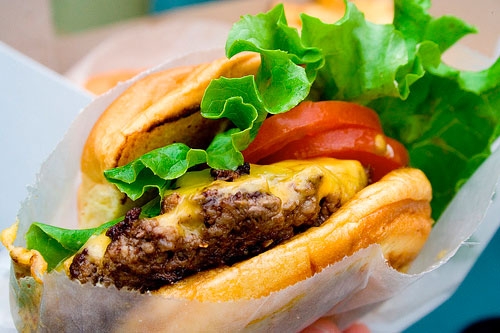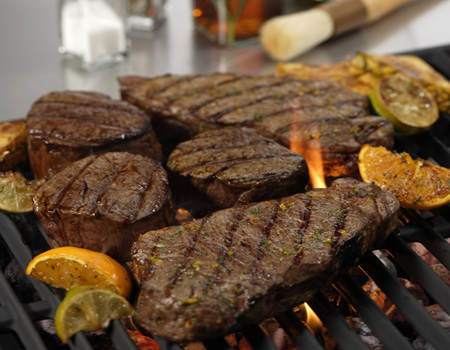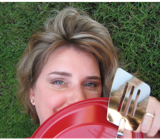Ed Levine knows good food. And this Labor Day weekend I plan to cook some burgers for friends and family.
I don’t want to mess this up . . . so he’s going to help. Why on earth would you chance ruining a perfectly great burger???

Here are his warnings against making the 6 most common ways to ruin a burger.
1. Not Sticking to Salt Plus Beef: Use Kosher salt (and pepper!) on both sides of the beef patty before slapping it onto the grill. Salt is a glorious thing for red meat-it draws out the natural juices and helps with the charring. Try to avoid turkey, bison or other alternative meat options, which have a much higher risk of moisture and flavor deficiency. Don’t get crazy here, just stick with beef. Motz even says, “if it’s not beef, it’s not a burger.” Here is Bobby Flay’s recipe for the perfect beef burger.
2. Bad Beef-to-Bun Balance: There’s no hard-and-fast ratio for beef-to-bun balance. It’s like Supreme Court Justice Potter Stewart said in ?Jacobellis v. Ohio (1964) “I know it when I see it.” In the case of beef-to-bun balance, taste it. Beef-to-bun balance all depends on your patty size. If you’re cooking up a thin patty, don’t use a jumbo bun-you don’t want a mouthful of bread and hardly any meat, do you? When in doubt, make your patties bigger or stack a double burger. It’s bettern to err on the side of more meat.
3. Condiment Overload: Building a burger with “everything” is a huge mistake. Avoid the garbage pail approach. In most cases, going beyond onion and ketchup (arguably the most popular condiment) masks the beef taste and creates an absurd flavor profile. Seriously, a pastrami burger? Pastrami is not a condiment. However, we will make one exception for Fatty Melts-when grilled cheeses become condiments.
4. Wasting Precious Burger Juices: If you’re cooking the burgers over a flame, pressing down on them will send the precious meat juices straight into the coals. Those juices are valuable-they belong in your mouth. While it’s very tempting to apply pressure with a spatula, don’t. Unless you want a dry hockey puck. Sometimes they do it on TV, but just close your eyes.
5. Overcooking: This should be a crime recognized by the federal government. For the popular medium-rare, grill the meat exactly three minutes on one side (keeping the grill lid closed) and two minutes on the other. If you’re going to add cheese, let it melt on top for another minute (and keep that cover closed!). We like our burgers medium rare, so much we’ve even sent them back at restaurants when they go beyond medium.
6. Machine-Formed Patties: If you really want to ruin your burger, try a machine-formed frozen patty! No, don’t. While making every ingredient from scratch is not necessary (see: Heston Blumenthal’s Blumenburger) try to form your own patties from ground chuck (80 percent lean is good) purchased at your nearest market or better yet, butcher.
Photo and excerpt courtesy of food.yahoo.com.

